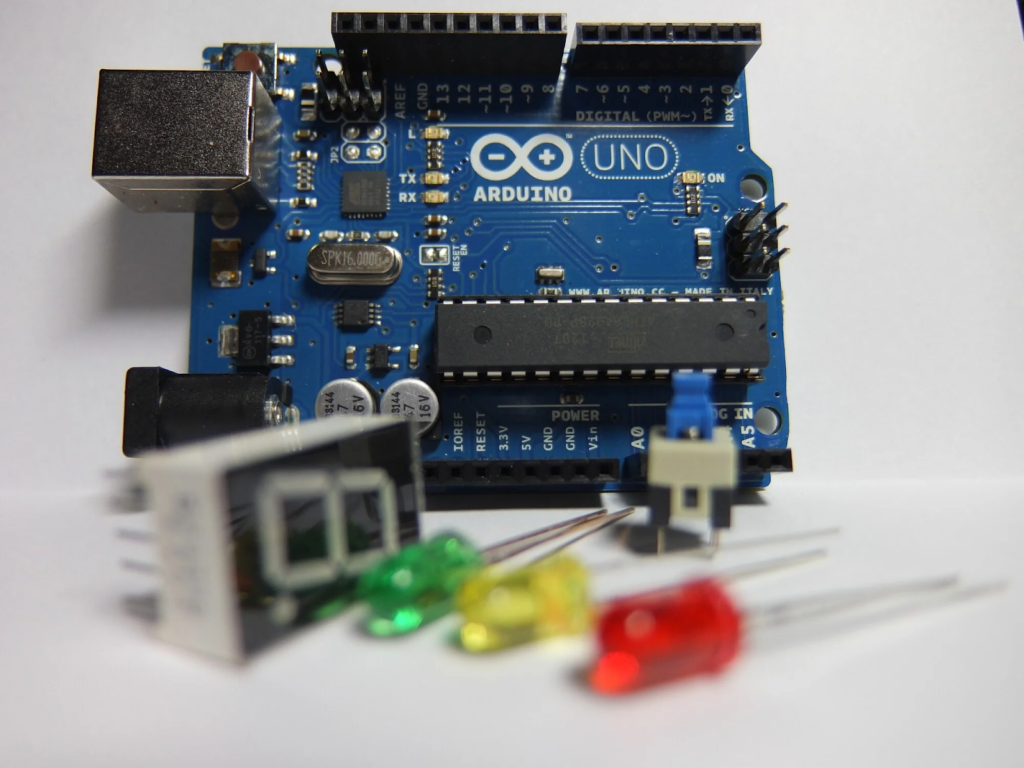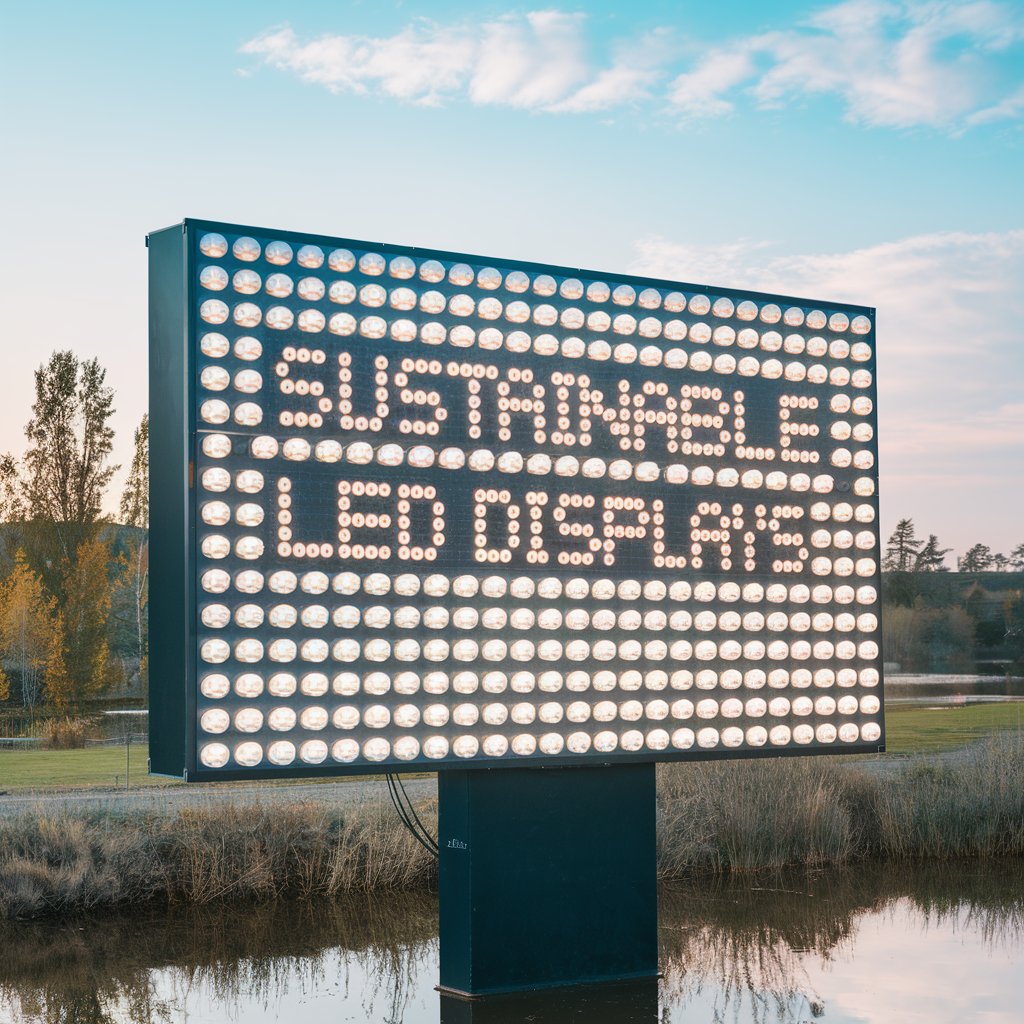In our increasingly electronic world, where devices are designed to withstand various environmental conditions, understanding Ingress Protection (IP) ratings is essential. These ratings are a critical identifier of a product’s robustness against dust and moisture, ensuring that devices operate efficiently and safely in their intended environments. IP ratings are composed of two digits, each representing a specific level of protection. The first digit indicates the degree of protection against solid objects, while the second digit denotes resistance to liquids. This article will delve into the basics of IP ratings and their significance in determining a product’s durability.
Understanding IP Ratings
IP ratings, established by the International Electrotechnical Commission (IEC), help consumers and manufacturers gauge the protection level of electrical enclosures. The first digit in an IP rating ranges from 0 to 6, where 0 signifies no protection and 6 indicates total dust resistance. This first digit informs users how well a device can fend off solid particles, which is crucial for ensuring performance in dusty environments. The second digit varies from 0 to 8, with 0 denoting no protection and 8 meaning that the device can be submerged in water for extended periods without damage. Users can select devices that align with their environmental requirements by understanding these ratings, ensuring longevity and reliability.
First Digit – Protection Against Solid Objects
The first digit in an IP rating signifies the level of protection against solid objects. This includes particles, like dust, sand, or small tools, that can damage a device’s internal components. Here is a breakdown of what each number represents:
- IP0X: No protection against solid objects.
- IP1X: Protection against objects larger than 50mm in size, such as a hand or large tools.
- IP2X: Protection against objects larger than 12.5mm, such as fingers or small tools.
- IP3X: Protection against objects larger than 2.5mm, such as wires or screws.
- IP4X: Protection against objects larger than 1mm, like small insects or dust particles.
- IP5X: Dust protected – full protection against dust and other small particles.
- IP6X: Dust is tight; no ingress of dust is allowed.
The higher the first digit, the better the device is protected against solid objects. Having a higher first digit is crucial to ensure uninterrupted performance and reliability for devices used in environments with significant dust, such as construction sites or industrial areas. Products labeled as IP68 Enclosures offer maximum protection against dust infiltration, making them ideal for extreme conditions while often providing superior liquid ingress protection. Understanding this first digit allows users to make informed decisions when selecting enclosures that meet their specific environmental needs.
Second Digit – Protection Against Liquids
The second digit in an IP rating signifies protection against liquids. This includes water, moisture, and other forms of liquid that may come into contact with a device. Here is a breakdown of what each number represents:
- IPX0: No protection against liquids.
- IPX1: Protection against vertically falling drops of water, such as rain.
- IPX2: Protection against direct water sprays at 15 degrees or less from vertical.
- IPX3: Protection against direct sprays of water up to 60 degrees from vertical.
- IPX4: Protection against water splashes from any direction.
- IPX5: Protection against low-pressure jets of water from all directions.
- IPX6: Protection against high-pressure jets of water from all directions.
- IPX7: Protection against immersion in water up to 1 meter for 30 minutes.
- IPX8: Protection against continuous immersion in water deeper than 1 meter. The manufacturer specifies the exact depth and time.
- IPX9K: High temperature, high-pressure spray resistant; protection against close-range high pressure, high-temperature spray downs – specifically designed for food processing applications.
Like the first digit, the higher the second digit, the better the device is protected against liquids. This is especially important for devices used in outdoor or industrial environments where exposure to water and moisture is common. A higher second digit can also indicate a device’s ability to withstand harsh cleaning processes in the food and beverage manufacturing industries.
Why IP Ratings Matter
IP ratings are essential because they objectively measure a product’s durability and suitability for specific environments. Understanding the rating system allows consumers to make informed decisions when purchasing electronic devices, especially those exposed to harsh conditions. For example, if you plan to use a tablet in dusty construction sites, choosing one with a high IP rating for dust protection is crucial.
Moreover, IP ratings also provide manufacturers with clear guidelines on the level of protection their products must have to meet specific requirements. This ensures that devices are adequately designed and tested before being released into the market, ultimately leading to higher customer satisfaction and safer electronic device usage.
Understanding IP ratings is crucial for assessing a device’s durability against dust and water. The first digit indicates protection against solids, and the second shows resistance to liquids. These ratings are essential for consumers seeking durable electronics and manufacturers ensuring product standards. By considering IP ratings, we provide safe operation in various environments. Therefore, paying attention to IP ratings when buying new electronics is essential to make an informed decision.






